Plant to edge steps and terraces
kitasei
7 years ago
Featured Answer
Sort by:Oldest
Comments (21)
Related Professionals
Manorville Landscape Architects & Landscape Designers · Panama City Landscape Architects & Landscape Designers · Rancho Cordova Landscape Architects & Landscape Designers · Wixom Landscape Architects & Landscape Designers · Anderson Landscape Contractors · Andover Landscape Contractors · Fairview Landscape Contractors · Federal Way Landscape Contractors · Golden Landscape Contractors · Holland Landscape Contractors · Midland Landscape Contractors · North Chicago Landscape Contractors · Northport Landscape Contractors · Oviedo Landscape Contractors · Ponte Vedra Beach Landscape Contractorskitasei
7 years agoNHBabs z4b-5a NH
7 years agolast modified: 7 years agokitasei
7 years agokitasei
7 years agowantonamara Z8 CenTex
7 years agokitasei
7 years agowantonamara Z8 CenTex
7 years agolast modified: 7 years agokitasei
7 years agowantonamara Z8 CenTex
7 years agomad_gallica (z5 Eastern NY)
7 years agowoodyoak zone 5 southern Ont., Canada
7 years agolast modified: 7 years agokitasei
7 years agowoodyoak zone 5 southern Ont., Canada
7 years agoUser
7 years agowantonamara Z8 CenTex
7 years agoNHBabs z4b-5a NH
7 years agolast modified: 7 years agogardenweed_z6a
7 years agoUser
7 years ago
Related Stories
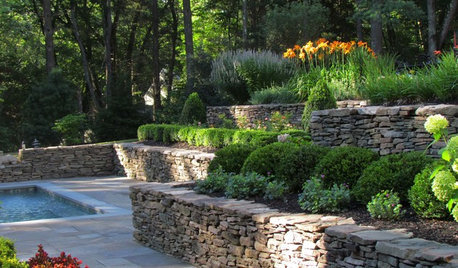
GARDENING AND LANDSCAPINGStep Up Your Garden Game With Terraced Plantings
We're going to level with you: Slopes in the landscape can be tricky. Use these ideas to create balance and harmony in your terraced beds
Full Story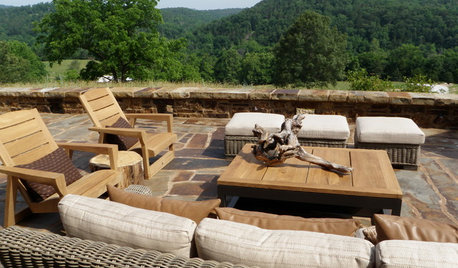
GARDENING AND LANDSCAPING3-Season Rooms: Luxe Meets Rustic on an Ozarks Terrace
Fire features, nature-inspired furnishings and native plants make a large terrace in the mountains as comfortable as can be
Full Story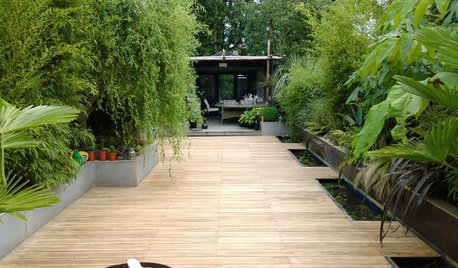
PATIOSFlooring Ideas to Give Your Outdoor Room an Edge
The materials you lay underfoot — decking, tile or a mix of contrasting textures — can bring fresh appeal to your outside space
Full Story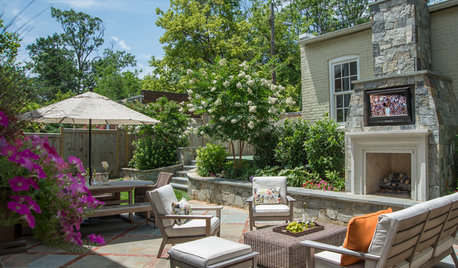
PATIOSTerraces, New Plantings and Basketball Transform a D.C. Backyard
Bluestone and brick surfaces, a fireplace, a green-and-white plant palette and a new sports court suit a family’s outdoor lifestyle
Full Story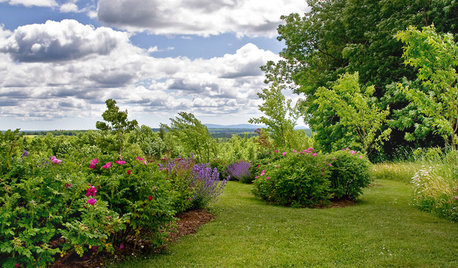
LANDSCAPE DESIGNYour Mini Guide to Great Garden Edges
Get the scoop on trenches to the skinny on bender board, to help keep your garden beds as tidy as you like
Full Story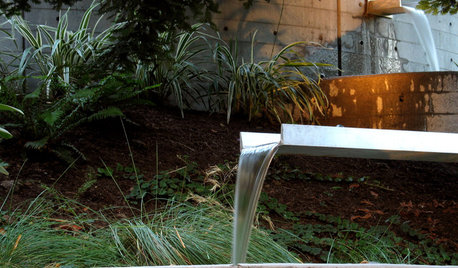
LANDSCAPE DESIGNGive Your Garden an Industrial Edge
Create intriguing contrast by borrowing from the factory to dress up your organic setting
Full Story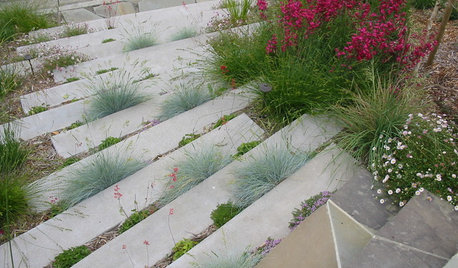
PLANTING IDEASPlant Your Hardscape for Unexpected Green
Nestle greenery among pavers, steps and more for a yard brimming with life and creativity
Full Story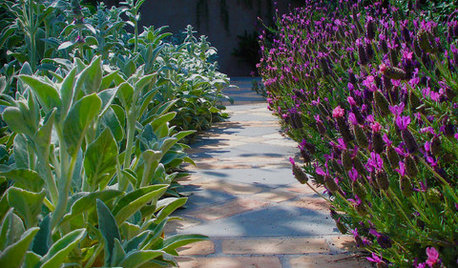
LANDSCAPE DESIGNThe Garden Edge: Rethink Your Garden Pathways
The right plant choices not only frame your paths with distinction, but they also take you on a journey of the senses
Full Story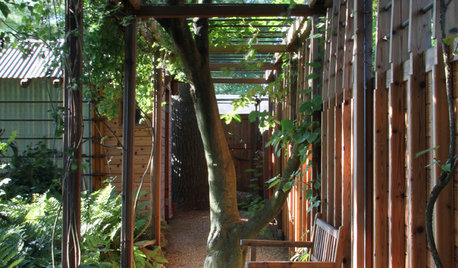
LANDSCAPE DESIGNLandscape Tour: Garden Rooms Edge a Lawn in New Jersey
Built and planted forms combine to create a relaxing suburban backyard oasis
Full Story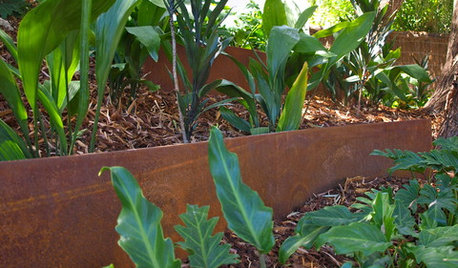
LANDSCAPE DESIGNGet an Edge: The Best Border Material for Your Garden
Do you want garden edging made of stone, concrete, metal or wood? Here are things to consider when choosing
Full StorySponsored
Zanesville's Most Skilled & Knowledgeable Home Improvement Specialists
More Discussions






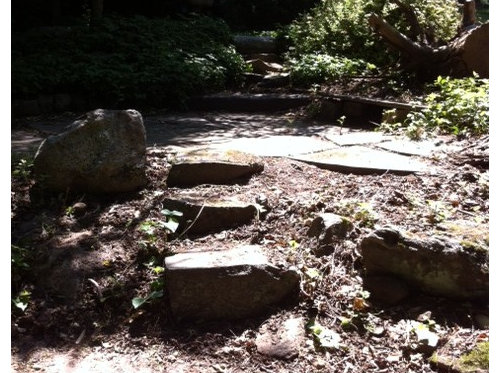



peaceofmind